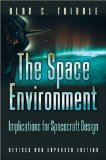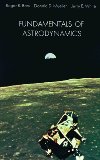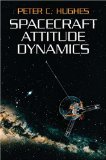Wikipedia dicit:
SpaceX CRS-25, also known as SpX-25, is a Commercial Resupply Service mission to the International Space Station (ISS) that was launched on 15 July 2022. The mission is contracted by NASA and is flown by SpaceX using a Cargo Dragon. This is the fifth flight for SpaceX under NASA’s CRS Phase 2 contract awarded in January 2016.
The launch of CRS-25 was previously delayed to 11 July to investigate a possible leak in the Dragon’s Draco thruster propulsion system detected during pre-launch testing. The previously scheduled launch date was June 10.
SpaceX plans to reuse the Cargo Dragons up to five times. The Cargo Dragon will launch without SuperDraco abort engines, without seats, cockpit controls and the life support system required to sustain astronauts in space. This newer design comes with some benefits, like a faster process to recover, and refurbish and re-fly versus the earlier Dragon CRS design used for ISS cargo missions.
Credit: SpaceX/NASA’s Kennedy Space Center









 Subscribe to blog posts using RSS
Subscribe to blog posts using RSS










